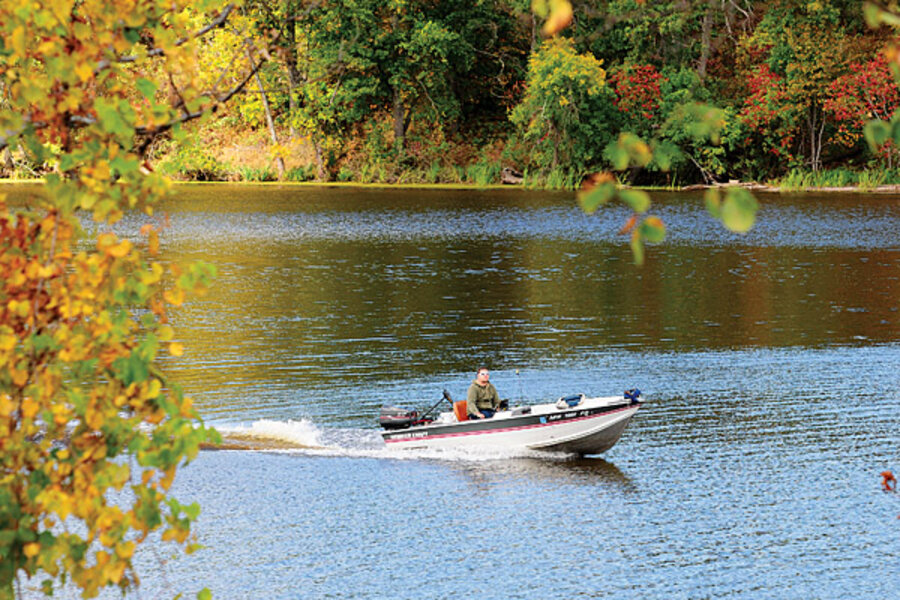Good news, bad news for Mississippi River
Loading...
| Minneapolis
A 72-mile stretch of the Mississippi River that flows through the Twin Cities is in better shape than it was before the Clean Water Act was passed 40 years ago, although new risks have emerged, according to a report released Thursday.
The State of the River Report compiled by the National Park Service and the Friends of the Mississippi River looks primarily at the health of the waterway in the Mississippi National River and Recreation Area. The report also examines the river further downstream where it widens into Lake Pepin and as far south as the Gulf of Mexico.
Some area residents wrongly believe the river is still "hobbling along" as it was decades ago, even though it is cleaner and hosts more wildlife these days, said co-author Lark Weller.
"We are really heartened to see some of the good news stories that can come out of this data," said Weller, the national recreation area's water quality coordinator. "We've made great improvements in a number of ways. But we know that there is still work to be done."
The 48-page report found significant improvement in several of 13 key indicators of the river's health, including a resurgence of bald eagles, whose population is strong and stable. Nonetheless, the report cited concerns that pollutants, including DDT and lead, could harm the birds and said more tall trees are needed to encourage nesting in the area.
Furthermore, the river, which was nearly devoid of fish in the 1920s, has become a world-class fishery for walleyes, smallmouth bass and mussels, although mercury, PCB and PFC contamination has forced restrictions on fish consumption.
Several other indicators are cause for alarm, the report says:
—Urban runoff, drainage from farm fields, and climate change including an increase in snow and rainfall, have boosted the speed of the river by 25 percent since 1976, as measured at the Hastings Dam. The faster flow results in more erosion, a high risk of flooding and an increase in sediment that can choke aquatic life.
—Nitrate levels have risen at least 47 percent in the same period. The river still meets drinking water standards, but the nitrates — mostly from farming — feed algae blooms that suffocate marine life in the Gulf of Mexico.
—Invasive Asian carp species are advancing upstream and could have a disastrous impact on aquatic life, boating and fishing. It's not clear if the carp have established breeding populations in the metro area yet but there's DNA evidence that they've reached the Coon Rapids Dam.
—Pharmaceuticals and industrial contaminants could threaten human and aquatic health in ways that aren't yet fully understood. They include triclosan, a germ-killer used in disinfectant soaps, toothpaste and cosmetics, which can contribute to the emergence of resistant strains of bacteria and whose presence in the river has increased by up to 300 percent since 1963.







